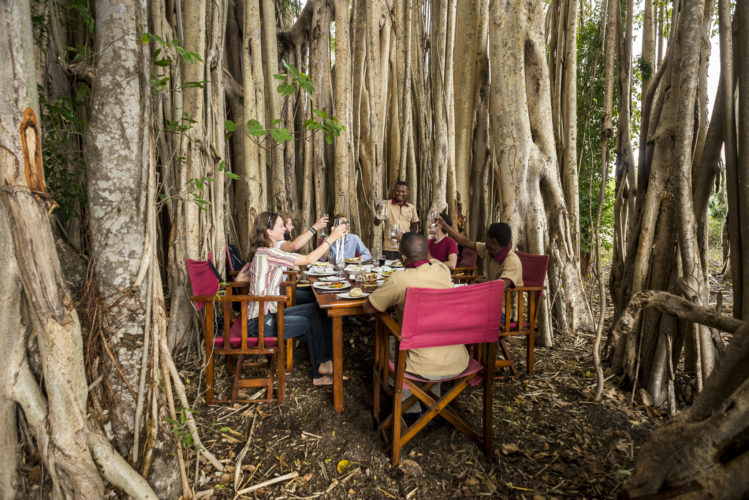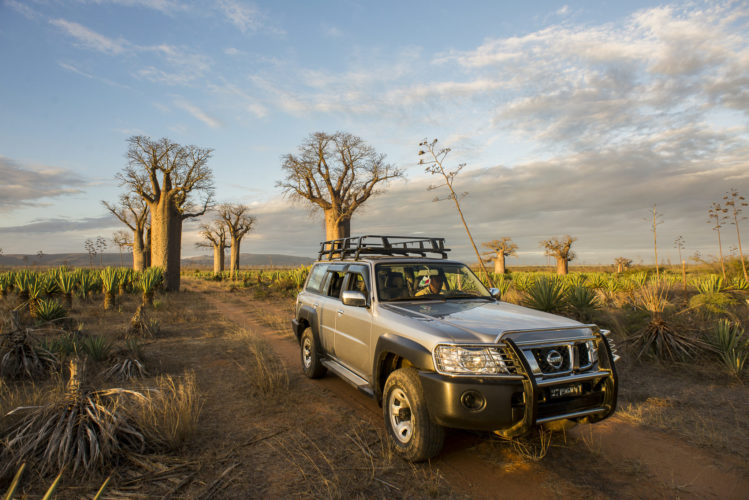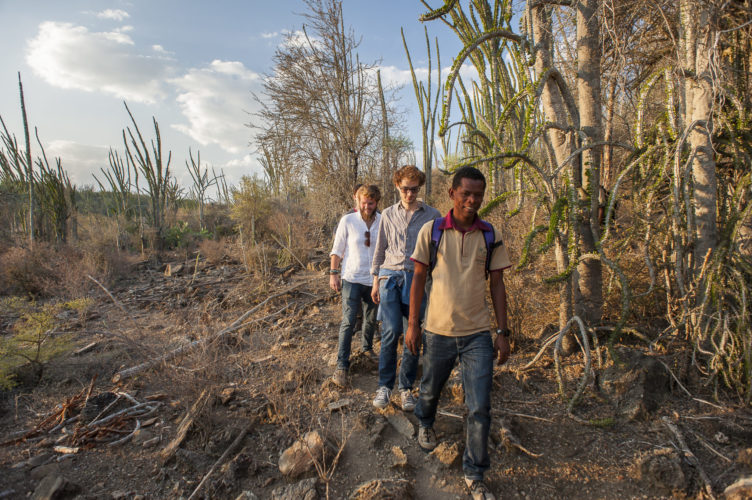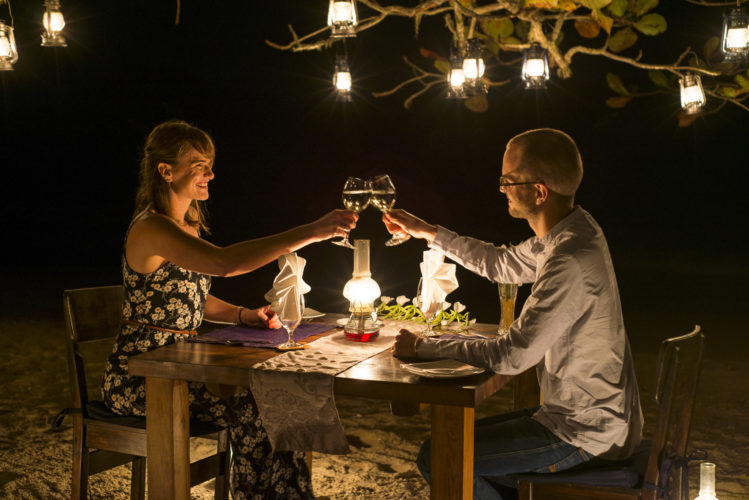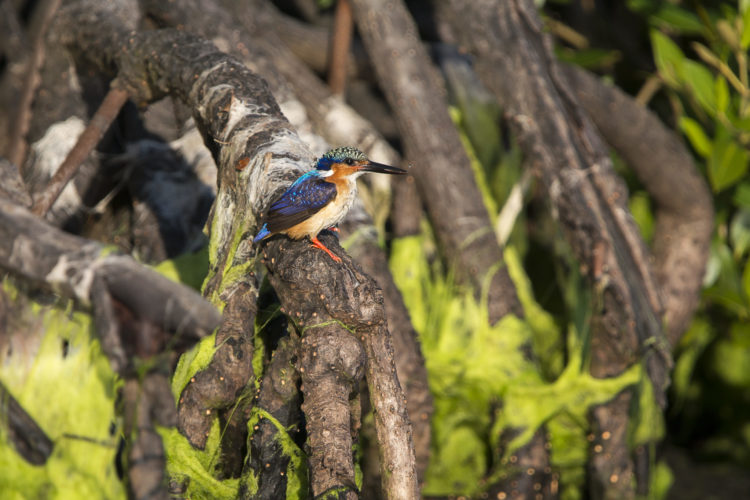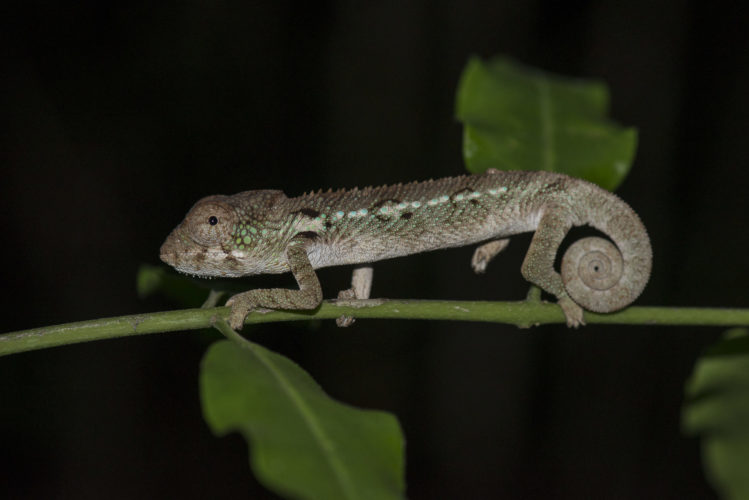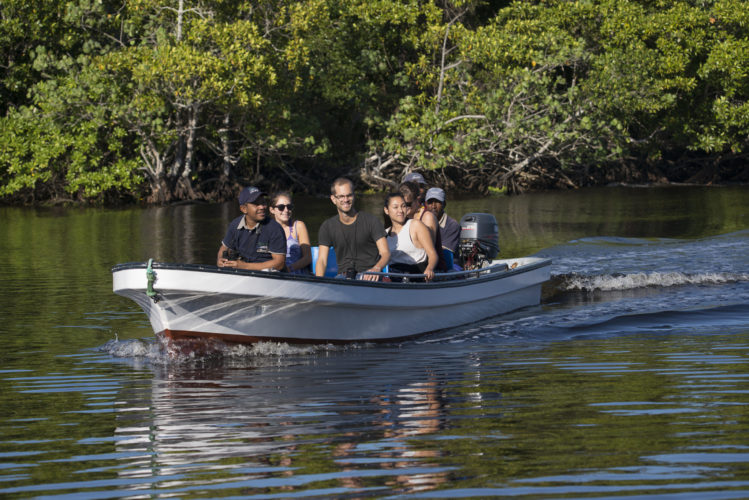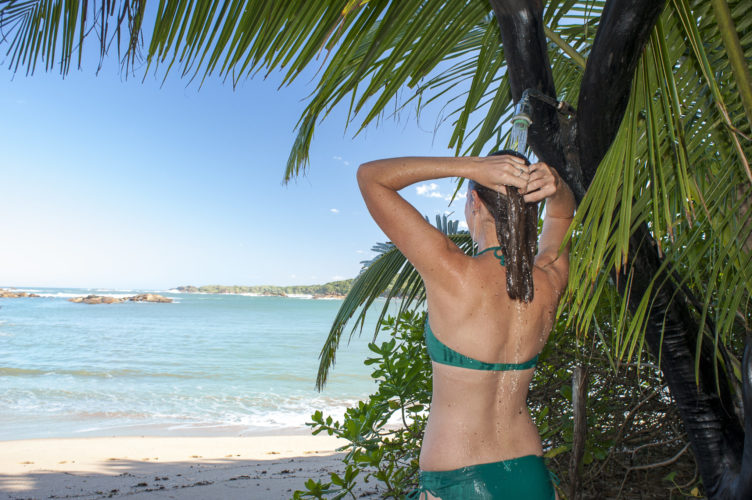Welcome to our Madagascar Holiday Travel Guide
If you have landed here, you are already captivated or at least intrigued by what a Madagascar holiday may look like. So on this page you will find some of our favourite Madagascar holiday destinations, activity highlights, a little bit of logistical information and images for inspiration.
So here we go. Or are you ready to get the Madagascar holiday planning kick started now?
Let’s ChatDelving into a delightful Madagascar Holiday
Every visitor on a Madagascar tour or holiday will start the journey in capital, Antananarivo, fondly referred to as Tana. It is a fantastic city with haphazard hills and streets ideal for wandering and exploring.
The easiest wilderness area for lemur spotting has to be The Andasibe-Mantadia, accessed by car from Tana. It is a wilderness corridor at the foothills of an impressive escarpment. Andasibe National Park is just 154 square kilometres with two protected areas including the Mantadia Analamozaotra National Park and the Indri d’ Analamazaotra Reserve, more easily known as Perinet. You will find montane forest, endemic rainforest species, Indri lemurs and more. This region is well known for its birdlife with 112 species plus eleven lemur species, 39 reptile and 36 frog species. More mammals of interest are the lowland streaked tenrec, Eastern Avahi and the diademed sifka.
South-west Madagascar is home to impressive landmarks like the sandstone plateau of Isalo National Park, towering mountains of d’Andringitra, historically significant town of Fort Dauphin and the lush rainforests and golden beaches near Manafiafy. Southern Madagascar holidays can get you out exploring with private guides, your own vehicles, kayaking, wildlife watching, boating and whale watching. Madagascar luxury accommodation here features two properties away from tourist towns boasting quality experiences unique in in culture and wildlife. One property sits in the heart of a spiny forest whilst the other is nestled between the rainforest and beach on a secluded bay.
Staying down south we have well known yet tiny Berenty Reserve, just 620 acres with ancient tamarind trees, baobabs and octopus trees (didierear trollii) in a surreal semi-arid spiny forest. Home to six types of lemurs, the emphasis is on the wildlife. Discover ringtail lemurs in open scrub and verreaux sifakas dancing through the trees and along the road if you are lucky.
Popular Ranomafana National Park covers 3,950 acres of land and is home to rare lemurs like the greater bamboo and golden bamboo lemur plus 7 other species. At altitudes between 800 metres and 1,200 metres, the landscapes here are impressive and the montane rainforest a sanctuary for wildlife. It feels like a magical forest in the clouds some days and is dotted with rolling hills, waterfalls and lush vegetation. It’s also considered a Madagascar birding safari highlight with numerous types including velvet asity, brown mesite, Henst’s goshawk and Madagascar flufftail. Our favourite are its natural springs, one of the areas greatest pleasures.
On the South West coast we have the city of Morondava and the starting point for visits to the well photographed and scenically impressive Avenue of Baobabs and then Kirindy, home to Madagascar’s largest predator the Fossa. Did you know the world’s most endangered ecosystem is dry deciduous forest just like Kirindy? Importantly, there is the Kirindy Private Forest Reserve and close by, the Kirindy Mitea National Park. The national park sees three ecosystems merge, a spiny desert, dry forest and mangroves.
The region boasts 23 species of mammals including the Fossa, eight lemur species plus 90 species of butterfly, endangered birds and reptiles. In the national park, the forest is regenerating naturally due to its remote location. It is remote, far off paved roads and only accessible by truck in dry season and otherwise, on foot, ox cart or boat from Morondava, a real Madagascar adventure holiday.
Impressive Isalo National Park
Isalo National Park is one of our favourite. It extends over 200,000 acres in southwest Madagascar and boasts impressive eroded sandstone massifs, rocks dating from the Jurassic period and unusual shapes amid gorges and canyons.
This is a photographic safari paradise with formations, waterfalls and valleys. This region is not prominent for wildlife, it’s the landscapes that bring you here. Having said that, Isalo is home to 55 species of birds, five lemur species and numerous reptiles and frogs.
To the Tsingy
Tsingy Nature Reserve is a must for those with a sound level of fitness and vest for adventure. The reserve gives visitors the opportunity to explore limestone pinnacles that tower hundreds of metres into the sky. A series of bridges and walkways navigate through smaller tsingy whilst climbing equipment is required for the larger pinnacles. There are two parks within the reserve, Petit Tsingy and Grand Tsingy. Between them, more than 50 bird species, 8 reptile and 6 lemur species have been identified and recorded.
Popular Tsingy de Bemaraha ia another nature reserve that was set up to protect the limestone peaks and impressive cliffs. Now a UNESCO World Heritage site, a portion of the area has been turned into a national park extending over 660 square kilometres. Tsingy is an important geographical formation and water catchment for the surrounding landscapes that see undisturbed lakes and mangrove swamps supporting rare and endangered birds and lemur species.
Northern Madagascar Island Paradise
Madagascar’s northern region is truly beautiful, tropical and an explorer’s paradise with lush forests, remote coastlines and islands. Madagascar beach holidays are usually on or around Nosy Be, the largest island within Madagascar, covering 320 square kilometres. Nosy Be and neighbouring Comoros islands are wonderful and relaxing Madagascar holiday destinations with ample to keep you occupied. The region is also a major producer of ylang ylang, sugar cane, vanilla, pepper, saffron, coffee and other spices.
New to the scene is luxury and exclusive Miavana on the island of Nosy Ankao (pictured). It has taken the Madagascar island experience to new heights of style.
A Madagascar island holiday is unlike its cousins, Mauritius and Seychelles because it is less developed, more relaxed and extremely tranquil. Friendly people, beautiful beaches and wonderful beach holiday activities await.
Off the Madagascar Tourist Trail
Masoala National Park is an all time favourite for those who love an adventurous journey to reach new found territory! Masoala is the largest protected zone on the island where time has literally stood still. There is an impressively bizarre range of plant and wildlife species here that have apparently evolved due to the geographic seclusion.
With multiple habitats like mangroves, forest marsh, rainforest, coastline and coral reef the wildlife is impressive and the landscapes spectacular. Rainforests plummet to the beach parting for walking trails making it a walking holiday paradise. Residents include nine species of primates, gecko, chameleon, frogs, birds and butterflies.
During July to September, humpback whales come through the passage between Masoala and Nosy Mangabe Special Reserve which is an island 2 kilometres off the coast. It is a special little island, the best place to spot Aye-Aye, one of the rarest lemur species.
Let’s Chat